





Almost everyone wants to relax on holiday. For some, this is best achieved by taking on the challenge of being a skipper and chasing miles, in an intense battle with wind and waves. Most sailors, however, will want to gain positive, stress-free experiences. In this case, there is one tip that must be mentioned before all others: Take it easy!
For example, plan the course and destinations according to the needs of the crew so that everyone gets their money's worth, from extensive shore leave to extended swimming stops and sunsets at anchor. And if there's somewhere that everyone finds particularly beautiful, just stay there! Nobody checks the miles at the end of the trip, and let's be honest, you can usually deduct half of what your club mates say about how much they sailed on holiday anyway.
When planning a cruise, there is also a tip that is actually a truism but cannot be repeated often enough: Plan a third of your holiday time for the outward journey and two thirds for the return trip. Otherwise, you may have to make long journeys in adverse conditions on the way back to avoid delays. This stress can put a lasting damper on so many wonderful previous days. The following ten other tips should also help to make life easier, so that in the end you only have unforgettable holidays in your memory - in a positive sense.
Use handover days
If you have chartered for longer than a week or are travelling with your own boat, you should make a note of Fridays and Saturdays for special cruising destinations: On these days, the charter fleets lie in their bases due to crew changes. Especially on Friday and Saturday nights, it is therefore much emptier in narrow or busy bays, in beautiful marinas or at popular inns. In contrast, it is correspondingly full in the handover harbours.
Reserve berths
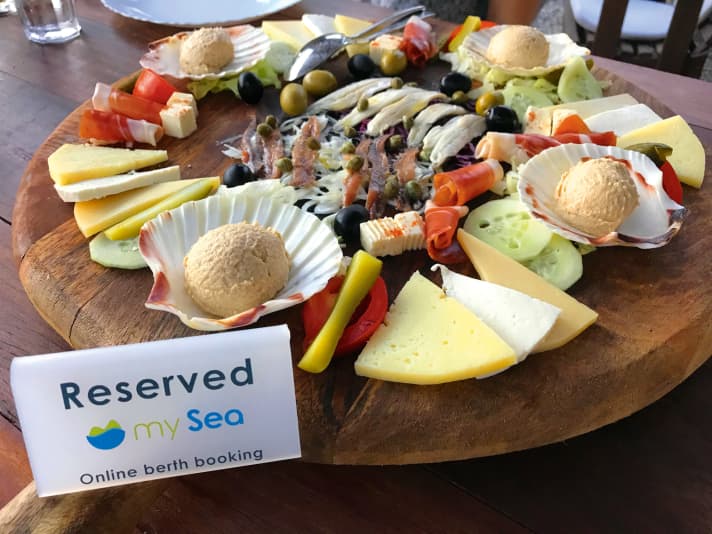
To make sure you can actually stay in the marina or with a host, it is advisable to book a berth well in advance. Booking systems such as MySea in Croatia often work very well; in many places it is also possible to book by telephone, e-mail or radio. However, such an early reservation requires close observation of the weather. If, for example, a bay cannot be entered due to swell, the landlord will still charge you.
Use long line
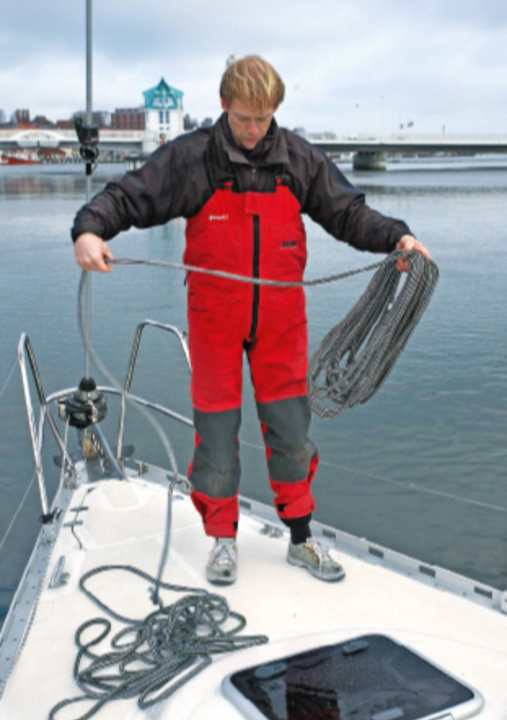
Charter yachts in particular sometimes only have short mooring lines or very strong shore lines. However, these are only partially suitable for certain manoeuvres or are too short. A line that is at least twice as long as the yacht (preferably three times), buoyant, made of polypropylene (so as not to get caught in the turning propeller) and not too thick (10 millimetres is usually enough) should be on board, for example for turning the yacht at a buoy, as a pilot line for shore lines or for manoeuvres involving steaming into a spring.
Approach buoys backwards
If buoys are approached astern, the helmsman can easily deploy a mooring line via the stern
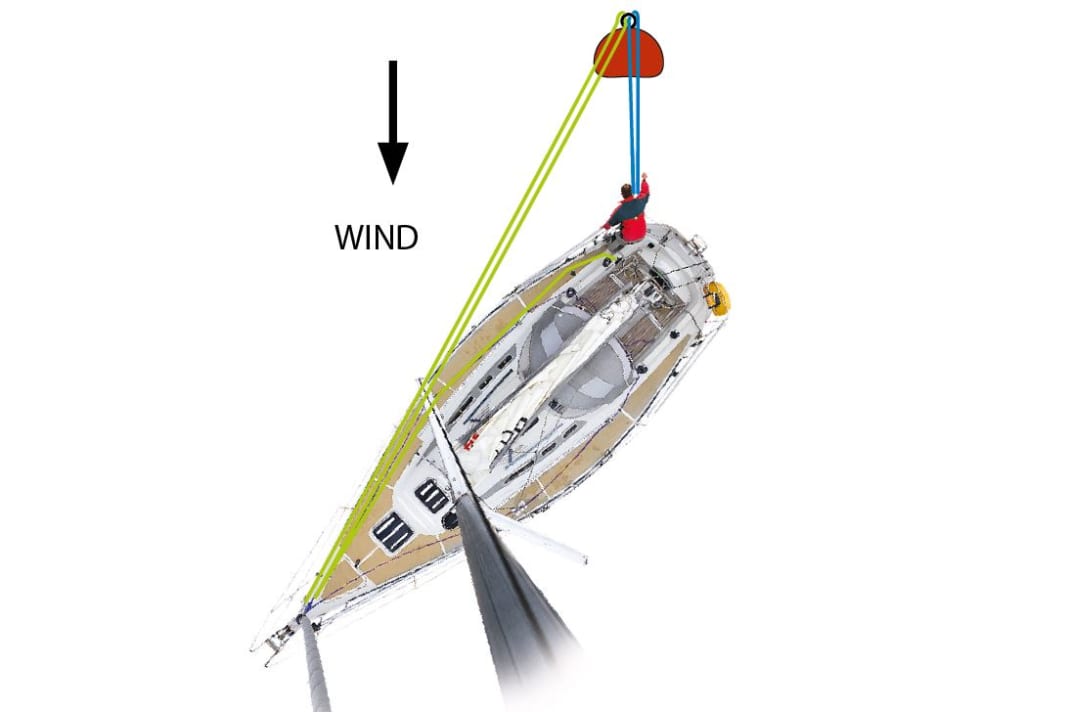



Always anchor safely

When spending the night in a bay, it goes without saying that the anchor should be well weighed in and there should be sufficient chain, ideally seven times the water depth. For a short swim stop for a siesta, however, many crews simply lay the anchor loosely on the bottom and throw the chain on a pile above it. This is sufficient as long as the weather conditions do not change. However, if the wind picks up or shifts, such yachts slide significantly aft or increase their centre of gravity, which can lead to collisions with well-anchored boats. For this reason, make sure you have sufficient hold on the bottom even during short stops. Ideally, at least one crew member should always remain on board when the rest go ashore for lunch so that they can react in such situations.
Keep sails clear
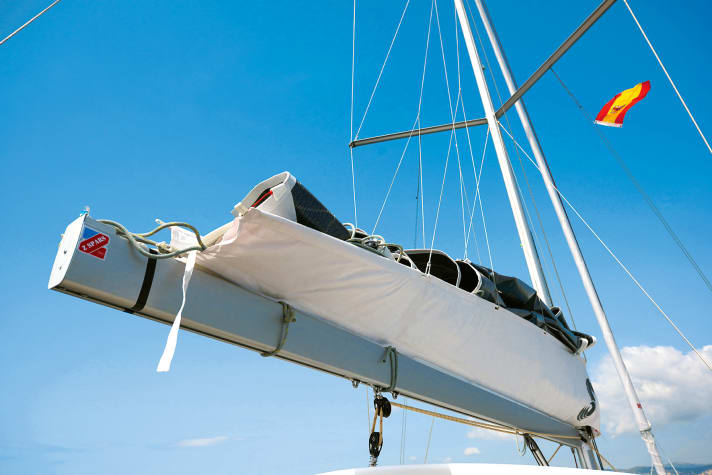
When motoring, the engine can fail at any time for a variety of reasons. If this happens in narrow situations such as in fairways or on leeward channels, it can quickly become dangerous. However, such passages can often be cleared under sail, provided that the sails can be set quickly. Therefore, open lazy bags before casting off, attach the main halyard and remove the genoa sheet. And don't pack away the cloths outside the harbour before mooring manoeuvres.
Kick out the fender

Prepare the fenders so that they can be simply kicked outboard and do not have to be lifted over the railing wires first - this saves time and is safer when mooring with poles. To do this, lay the fender on deck and run the fender line outwards under the lowest wire, then upwards and onto the upper wire.
Refuel in good time
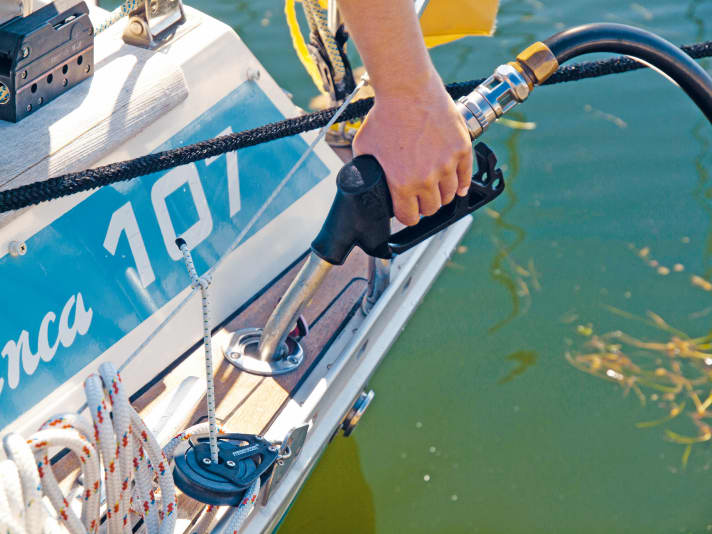
On return days for charter boats - usually Friday - large traffic jams can form in front of boat refuelling stations. Many use the last few hours to stop for a swim and only arrive at the marina shortly beforehand, but have to fill up with petrol. This can lead to waiting times of several hours, but above all to stress and arguments when some people want to jump the queue because the order of the yachts is not always organised by the service staff. Therefore, either refuel in the morning and go out for a swim or return to another petrol station the day before. Even if you need to motor for an hour or two afterwards, this will not normally be reflected in the fuel gauge. Alternatively, the few litres can be topped up with a canister.
Cross Danish
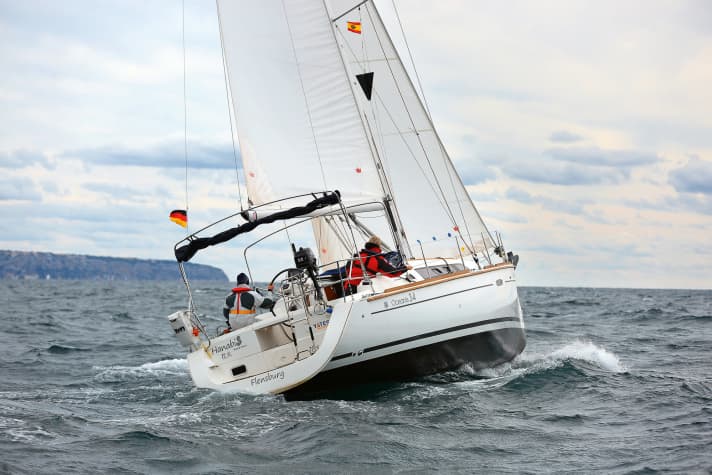
It is frowned upon to use the engine when sailing against the wind - wrongly so, at least under certain conditions. If there is a lot of wind and waves, the crew may find it difficult to enjoy counter-boating or even get seasick. It can be enough to let the engine run along at cruising speed. The noise is usually barely perceptible due to the wind from the front, and consumption is very low because the sails are still doing their job. On the other hand, it is usually possible to sail with considerably less heel and less pitching, thanks to a more acute cross angle. The windward destination is not necessarily reached faster, but it is often much more relaxed.
Manoeuvring via the rear
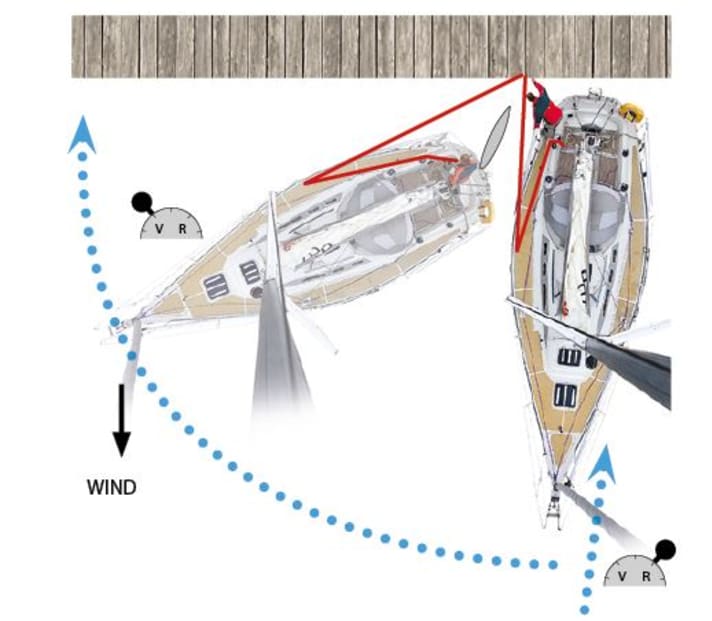
Pit lanes are often too narrow to turn the boat in. In addition, modern yachts quickly drift over the bow to leeward due to their high superstructures. It is therefore usually better to enter pit lanes or narrow harbours in reverse, especially as modern boats can also be sailed very accurately in reverse. If there is no room to manoeuvre, you can sail out again forwards without having to worry about the wheel effect. Mooring against the wind with the stern and then turning over the centre spring can also be much easier than with the bow ahead or alongside, as shown.

